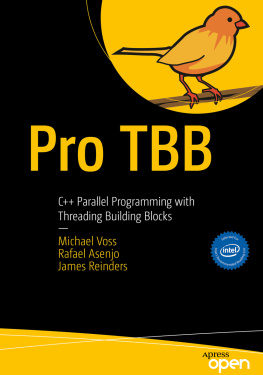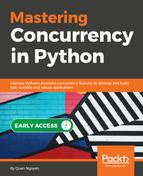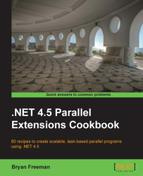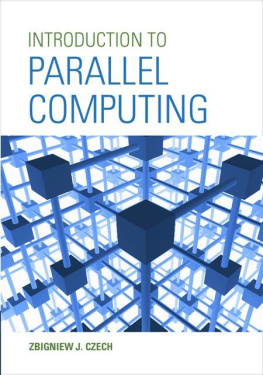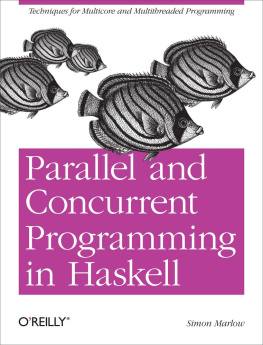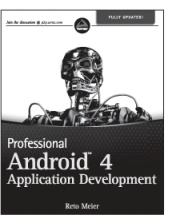Clay Breshears - The Art of Concurrency: A Thread Monkeys Guide to Writing Parallel Applications
Here you can read online Clay Breshears - The Art of Concurrency: A Thread Monkeys Guide to Writing Parallel Applications full text of the book (entire story) in english for free. Download pdf and epub, get meaning, cover and reviews about this ebook. year: 2009, publisher: OReilly Media, genre: Romance novel. Description of the work, (preface) as well as reviews are available. Best literature library LitArk.com created for fans of good reading and offers a wide selection of genres:
Romance novel
Science fiction
Adventure
Detective
Science
History
Home and family
Prose
Art
Politics
Computer
Non-fiction
Religion
Business
Children
Humor
Choose a favorite category and find really read worthwhile books. Enjoy immersion in the world of imagination, feel the emotions of the characters or learn something new for yourself, make an fascinating discovery.

- Book:The Art of Concurrency: A Thread Monkeys Guide to Writing Parallel Applications
- Author:
- Publisher:OReilly Media
- Genre:
- Year:2009
- Rating:4 / 5
- Favourites:Add to favourites
- Your mark:
The Art of Concurrency: A Thread Monkeys Guide to Writing Parallel Applications: summary, description and annotation
We offer to read an annotation, description, summary or preface (depends on what the author of the book "The Art of Concurrency: A Thread Monkeys Guide to Writing Parallel Applications" wrote himself). If you haven't found the necessary information about the book — write in the comments, we will try to find it.
If youre looking to take full advantage of multi-core processors with concurrent programming, this practical book provides the knowledge and hands-on experience you need. The Art of Concurrency is one of the few resources to focus on implementing algorithms in the shared-memory model of multi-core processors, rather than just theoretical models or distributed-memory architectures. The book provides detailed explanations and usable samples to help you transform algorithms from serial to parallel code, along with advice and analysis for avoiding mistakes that programmers typically make when first attempting these computations.
Written by an Intel engineer with over two decades of parallel and concurrent programming experience, this book will help you:
- Understand parallelism and concurrency
- Explore differences between programming for shared-memory and distributed-memory
- Learn guidelines for designing multithreaded applications, including testing and tuning
- Discover how to make best use of different threading libraries, including Windows threads, POSIX threads, OpenMP, and Intel Threading Building Blocks
- Explore how to implement concurrent algorithms that involve sorting, searching, graphs, and other practical computations
The Art of Concurrency shows you how to keep algorithms scalable to take advantage of new processors with even more cores. For developing parallel code algorithms for concurrent programming, this book is a must.
Clay Breshears: author's other books
Who wrote The Art of Concurrency: A Thread Monkeys Guide to Writing Parallel Applications? Find out the surname, the name of the author of the book and a list of all author's works by series.


